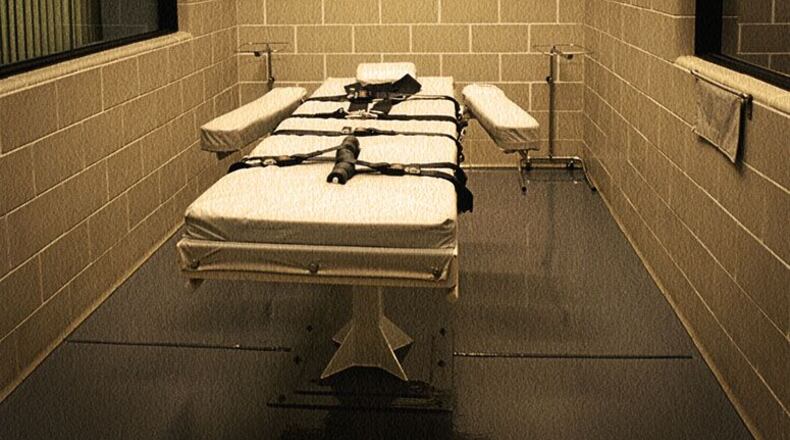Ninety-one percent of last year’s executions were carried out in the South.
Gov. Mike DeWine delayed half a dozen executions in 2019 while Ohio Department of Rehabilitation and Correction re-works the lethal-injection protocol and searches for a supplier of the drugs.
Ohio DRC Director Annette Chambers-Smith said earlier this month that recommendations have been sent to the governor but she declined to elaborate.
RELATED: Gov. Mike DeWine stops executions, wants new protocol
DeWine voted for the capital punishment law as a state senator nearly 40 years ago, long before DNA analysis of crime scene evidence led to exonerations from death rows across the country.
In 2019, two states halted executions — New Hampshire outlawed capital punishment and California instituted a moratorium. Thirty-two states have either abolished the death penalty or not carried out an execution in at least a decade, the center said.
For the past five years, Ohio lawmakers have been debating changes to the state’s capital punishment law, including prohibiting executions for defendants who suffered from serious mental illness at the time of the crimes. The bill has support from medical and criminal justice reform groups but is opposed by the Ohio Prosecuting Attorneys Association.
New death sentences also continued to diminish, following a 10-year downward trend, the report said. Cuyahoga County bucked that trend. “Death sentences spiked in Cuyahoga County (Cleveland) … to three in 2019 and five in the last two years, more than in any other county in the country,” the center reported.
RELATED: Ohio parole system under scrutiny by DeWine
Ohio has 140 inmates on death row — the seventh-largest number among states with capital punishment.
In a 2019 Gallup poll released in November, 60 percent of Americans indicate they believe life in prison without parole is better punishment over execution, but 56 percent broadly support using the death penalty for convicted murderers.
About the Author

